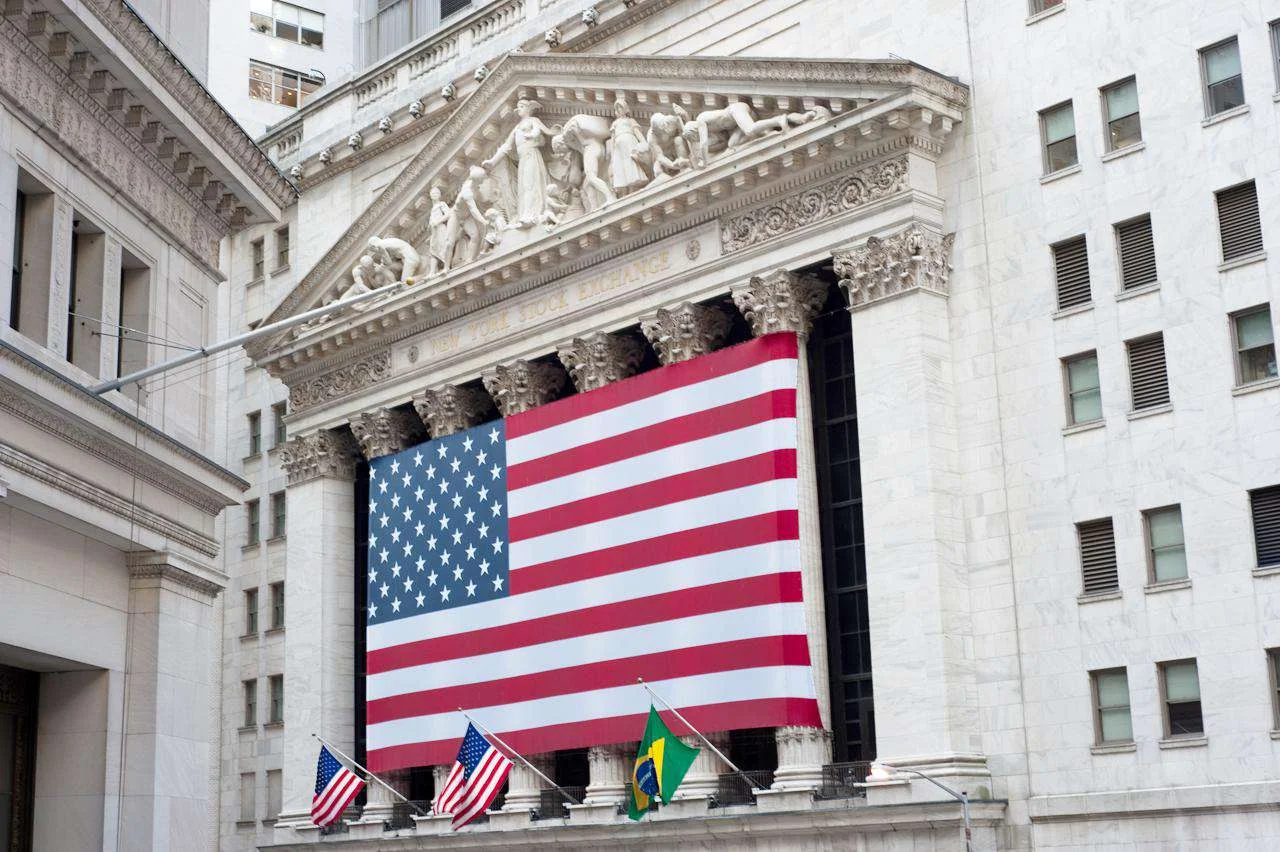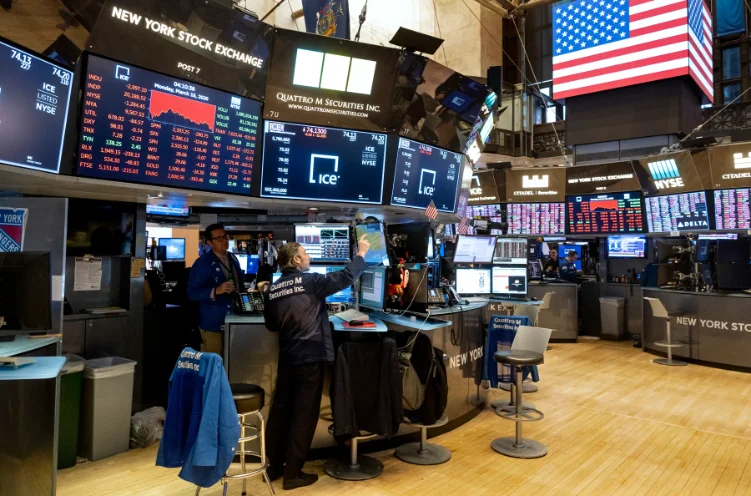The S&P 500 and the Nasdaq saw gains on Friday because a key inflation measure came in lower than expected. This sparked hopes that the Federal Reserve will postpone raising interest rates in the future. However, it’s worth noting that all three main Wall Street indexes were still on track to end the quarter with losses.
A report from the Commerce Department showed that the Personal Consumption Expenditures (PCE) price index, which is a metric the Fed closely watches for inflation, increased by 0.4% in August compared to expectations of a 0.5% rise.
If we don’t consider the unpredictable food and energy prices, the core PCE price index went up by 0.1% in August when compared to estimates of a 0.2% increase.
David Russell, TradeStation’s global head of market strategy, commented, “The data shows that we continue to see more steady progress on core inflation. It’s not at 2%, but it’s still a significant improvement from where it was. That really helps in keeping interest rates in check.”
According to CME’s FedWatch tool, traders are highly confident that the benchmark interest rate will remain unchanged in November and December, with 85% and 67% probabilities, respectively.
This led to a decline in the yields of two-year and 10-year Treasury notes, resulting in growth stocks like Apple, Microsoft, Tesla, Alphabet, Amazon.com, and Nvidia seeing gains ranging from 0.7% to 2.3%.
The final September reading of the University of Michigan Consumer Sentiment Index was 68.1, slightly above the expected 67.7.
Consumer discretionary stocks performed well, gaining 0.9%, but the energy sector lagged behind with a 1.9% decline, despite being the only one to show monthly gains.
On the other hand, the real estate sector, which is sensitive to interest rates, was expected to be the most affected.
As of 11:55 a.m. ET, the Dow Jones Industrial Average was down 66.49 points (0.20%), at 33,599.85, the S&P 500 was up 4.75 points (0.11%), at 4,304.45, and the Nasdaq Composite had risen by 72.08 points (0.55%), reaching 13,273.36.
The S&P 500 and Nasdaq were experiencing their weakest performance of the year, primarily due to uncertainty regarding interest rates. All three indexes, including the Dow, were on track for their first quarterly decline in 2023.
Market volatility concerns heightened as investors assessed the potential for avoiding a government shutdown. The Democratic-led Senate pursued a bipartisan stopgap, while the House voted on Republican spending bills.
Additionally, JPMorgan Hedged Equity Fund, a $16 billion fund, was expected to reset its options positions, which could contribute to volatility.
Notable stock movements included Nike, which surged 6.0% on a better-than-expected first-quarter profit. Sporting goods retailers Foot Locker and Dick’s Sporting Goods also saw gains of 2.7% and 1.6%, respectively.
However, Carnival initially rose but later dropped 4.5% due to ongoing cost pressures despite an optimistic forecast.
More stocks were on the rise than declining ones, with a higher ratio on the NYSE and a slightly lower ratio on the Nasdaq.
In terms of 52-week performance, the S&P index had one stock reaching a new high and five hitting new lows, while the Nasdaq had 25 stocks achieving new highs and 109 hitting new lows.





